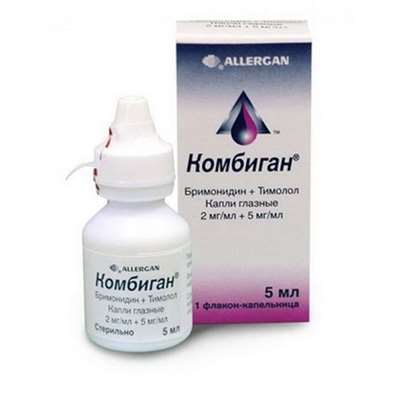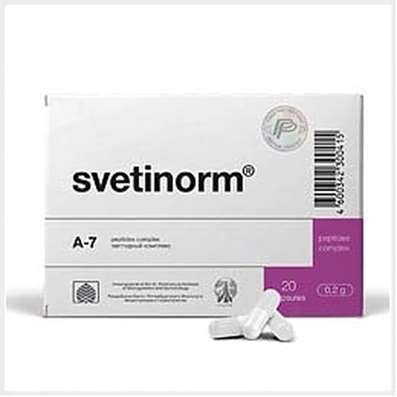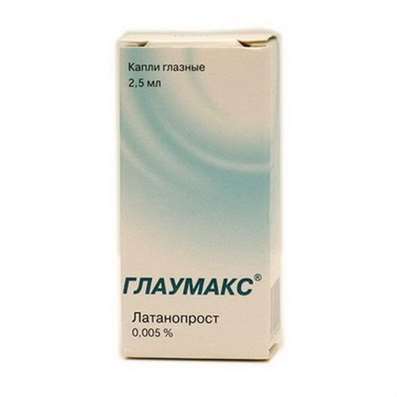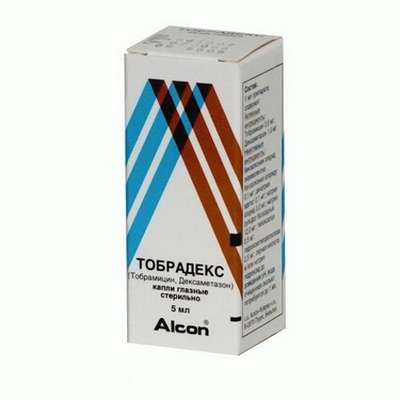Instruction for use: Ovestin
I want this, give me price
Active substance: Estriol
ņ“’ Code: G03CA04 Estriol
Pharmacological groups
Estrogens, gestagens; their homologues and antagonists
Nosological classification (ICD-10)
E28.3 Primary ovarian failure
Hypogonadism of the ovary (primary), Hypofunction of the ovaries, Estrogen deficiency, Insufficient estrogen content in the body, Insufficiency estrogenic, Insufficiency of estrogens, Primary dysfunction of the ovaries, Estrogen-deficient conditions
L29.3 Anogenital pruritus, unspecified
Itching in the genital and anus, Anal itching, Anogenital itching, Genital itching, Anogenital itching, Itching of the anorectal region, Itching of the vulva, Itching of the genitals, Perianal dermatitis
N30.1 Interstitial cystitis (chronic)
Exacerbation of chronic cystitis, Chronic cystitis, Recurrent cystitis, Acute attack of recurrent bacterial cystitis, Chronic interstitial cystitis
N30.2 Other chronic cystitis
Acute attack of recurrent bacterial cystitis, Recurrent cystitis, Chronic cystitis, Exacerbation of chronic cystitis
N39.3 Involuntary urination
Urinary incontinence in women, Anishuriya, Urinary incontinence
N95.1 menopausal and menopausal status of women
Atrophy of the mucosa of the lower genital tract, caused by estrogen deficiency; Vaginal dryness; Autonomic dysfunction in women; gipoestrogeniya state; Deficiency of estrogen in menopausal women; Degenerative changes of the mucous membrane in the menopause; Natural menopause; an intact uterus; climacteric; Menopause women; Menopause in women; menopausal depression; Climacteric ovarian dysfunction; Menopause; Climacteric neurosis; Menopause; Menopausal symptoms complicated psychovegetative; Climacteric syndrome; Climacteric vegetative disorders; Climacteric psychosomatic disorder; menopausal disorders; Menopausal disorders in women; menopausal condition; Climacteric vascular disorders; Menopause; Menopausal vasomotor symptoms; menopausal period; Lack of estrogen; Feeling the heat; Pathological menopause; perimenopause; menopause; postmenopausal; Premature menopause; premenopauznom period; tides; hot flashes; flushing in the Meno and postmenopausal; Hot flashes / hot flashes in menopause; Heart attack during menopause; Early menopause in women; Disorders of menopause; climacteric syndrome; Vascular complications of menopause; Physiological menopause; Estrogendefitsitnye state; premature Menopause
R30.0 Dysuria
Disorders after prostatectomy, dysuric disorder, Dysuric disorders caused by benign prostatic hyperplasia, dysuric symptoms, dizuricheskie disorder, Dizuricheskie disorder in men, Dysuria with prostate cancer, disorders of urination, dysuria, Dizuricheskie disorder with benign prostatic hyperplasia, Acute dysuria
Z100 * CLASS XXII Surgical practice
Abdominal surgery, adenomectomy, Amputation, Coronary angioplasty, Angioplasty of the carotid arteries, Antiseptic skin treatment for wounds, Antiseptic Hand, Appendectomy, atherectomy, Balloon coronary angioplasty, Vaginal hysterectomy, The coronary bypass, Interventions in the vagina and cervix, Interventions on the bladder, Intervention in the mouth, Restoration and reconstructive surgery, Hand hygiene of medical personnel, Gynecologic surgery, Gynecological intervention, Gynecological surgery, Hypovolemic shock during operations, Disinfection of purulent wounds, Disinfection of wounds edges, Diagnostic intervention, Diagnostic procedures, Cervical Diathermocoagulation, Long-surgery, Replacing the fistula catheters, Infection in orthopedic surgery, Artificial heart valve, cystectomy, Short-term outpatient surgery, Short-term operation, Short surgical procedures, Krikotireotomiya, Blood loss during surgery, Bleeding during surgery and in the postoperative period, Kuldotsentez, laser photocoagulation, laser coagulation, retinal laser coagulation, Laparoscopy, Laparoscopy in Gynecology, CSF fistula, Small gynecological operations, Small surgical procedures, Mastectomy and subsequent plastic, mediastinotomy, Microsurgical operations on the ear, Mukogingivalnye operation, suturing, Minor surgery, neurosurgical operation, Immobilization of the eyeball in ophthalmic surgery, testectomy, pancreatectomy, Perikardektomiya, The period of rehabilitation after surgery, The period of, convalescence after surgery, Percutaneous transluminal coronary angioplasty, Pleural thoracentesis, Pneumonia postoperative and posttraumatic, Preparation for surgical procedures, Preparation for surgery, Preparation of the surgeon's hands before surgery, Preparation of the colon for surgical procedures, Postoperative aspiration pneumonia in neurosurgical and thoracic surgery, Postoperative nausea, Postoperative bleeding, postoperative granuloma, postoperative shock, The early postoperative period, myocardial revascularization, Radiectomy, gastric Resection, bowel resection, uterine Resection, liver Resection, enterectomy, Resection of part of the stomach, Reocclusion of the operated vessel, Bonding tissues during surgical procedures, Removal of sutures, Condition after eye surgery, Condition after surgery, Condition after surgery in the nasal cavity, Condition after gastrectomy, Status after resection of the small intestine, Condition after tonsillectomy, Condition after removal of the duodenum, Condition after phlebectomy, Vascular surgery, Splenectomy, Sterilization of surgical instruments, Sterilization of surgical instruments, sternotomy, Dental surgery, Dental intervention in periodontal tissues, strumectomy, Tonsillectomy, Thoracic surgery, total gastrectomy, Transdermal intravascular coronary angioplasty, Transurethral resection, Turbinektomiya, Removal of a tooth, cataract surgery, Removal of cysts, tonsillectomy, Removal of fibroids, Removing the mobile primary teeth, Removing polyps, Removing broken tooth, Removal of the uterus body, Removal of sutures, Urethrotomy, Fistula likvoroprovodyaschih ways, Frontoetmoidogaymorotomiya, Surgical infection, Surgical treatment of chronic limb ulcersm, Surgery, The surgery in the anal area, The surgery on the colon, Surgical practice, The surgical procedure, Surgical interventions, Surgery on the gastrointestinal tract, Surgical procedures on the urinary tract, Surgical procedures on the urinary system, Surgical intervention of the genitourinary system, Surgical procedures on the heart, Surgical manipulation, surgery, Surgery on the veins, Surgical intervention, Vascular surgery, Surgical treatment of thrombosis, cholecystectomy, Partial gastric resection, transabdominal hysterectomy, Percutaneous transluminal coronary angioplasty, Percutaneous transluminal angioplasty, Coronary artery bypass, tooth Extirpation, Extirpation of milk teeth, pulpectomy, pulsative cardiopulmonary bypass, tooth Extraction, teeth Extraction, cataract extraction, Electrocoagulation, endourological intervention, episiotomy, Etmoidotomiya, Complications after tooth extraction
Composition and form of release
1 tablet contains 2 mg of estriol; in blistere 30 pcs., in a cardboard bundle 1 blister.
1 g of vaginal cream - 1 mg; in tubes of 15 g complete with an applicator, in a cardboard bundle 1 set.
1 suppository vaginal - 0.5 mg; in blistere 5 pcs., in a cardboard bundle 3 blisters.
pharmachologic effect
The pharmacological action is estrogenic.
It restores the vaginal epithelium, helps normalize the pH (hydrogen index) of the environment and microflora in the vagina, thereby increasing the resistance of the vaginal epithelium to infectious and inflammatory processes.
Pharmacodynamics
Since estriol interacts with endometrial cell nuclei for a short time, administration at recommended doses does not cause endometrial proliferation and does not require additional progestogen therapy (no withdrawal bleeding occurs).
Pharmacokinetics
When applied internally and topically, it is quickly and almost completely absorbed. Cmax is achieved 1 h after ingestion and 1-2 h after intravaginal application. It is excreted mainly by the kidneys in conjugated form, 2% is excreted through the intestine in unchanged form.
Indication
Atrophy of the mucous membrane of the lower sections of the genito-urinary tract caused by estrogen insufficiency: dryness and itching in the vagina, pain during sexual acts, frequent painful urination, chronic cystitis, urinary incontinence; pre- and postoperative therapy in postmenopausal women with surgical interventions with vaginal access; unclear results of cervical cervical examination (suspicion of a tumor process) against atrophic changes (for diagnostic purposes).
Contraindications
Hypersensitivity, estrogen-dependent tumor (diagnosed or suspected), vaginal bleeding of unclear etiology; thromboses (venous and arterial), incl. in the anamnesis, pregnancy.
pregnancy and lactation
Contraindicated in pregnancy.
Side effects
Tension or tenderness of the mammary glands, nausea, focal pigmentation, hypersecretion of cervical mucus; rarely - headache, arterial hypertension, spasms of calf muscles, impaired vision; local irritation or itching (cream).
Dosing and Administration
Tablets: inside, daily, 4 mg once a day for 3 weeks, then - gradually reducing the dose to 2 mg per week.
Cream: intravaginally, 1 dose (with a calibrated applicator), daily before bedtime for 3 weeks, then - a gradual dose reduction to 1 administration per week.
Suppositories: intravaginal, 1 supp. daily at bedtime for 3 weeks, then - gradually reducing the dose to 1 supp. in Week.
Precautionary measures
It is recommended to closely monitor patients with a history of thromboembolic disease expressed by impaired renal function, porphyria, severe itching or cholestatic jaundice during previous pregnancies or taking steroid medications, herpes simplex, otosclerosis.
special instructions
When taking Ovestin, an annual medical examination is recommended.
storage Conditions
In dry, the dark place at a temperature of 2-30 į C.
Keep out of the reach of children.
Shelf life
tablets 2 mg - 5 years.
tablets 2 mg - 5 years.
suppositories vaginal 0.5 mg -
Vaginal cream 1 mg / g - 3 years.
Do not use after the expiry date printed on the package

 Cart
Cart





